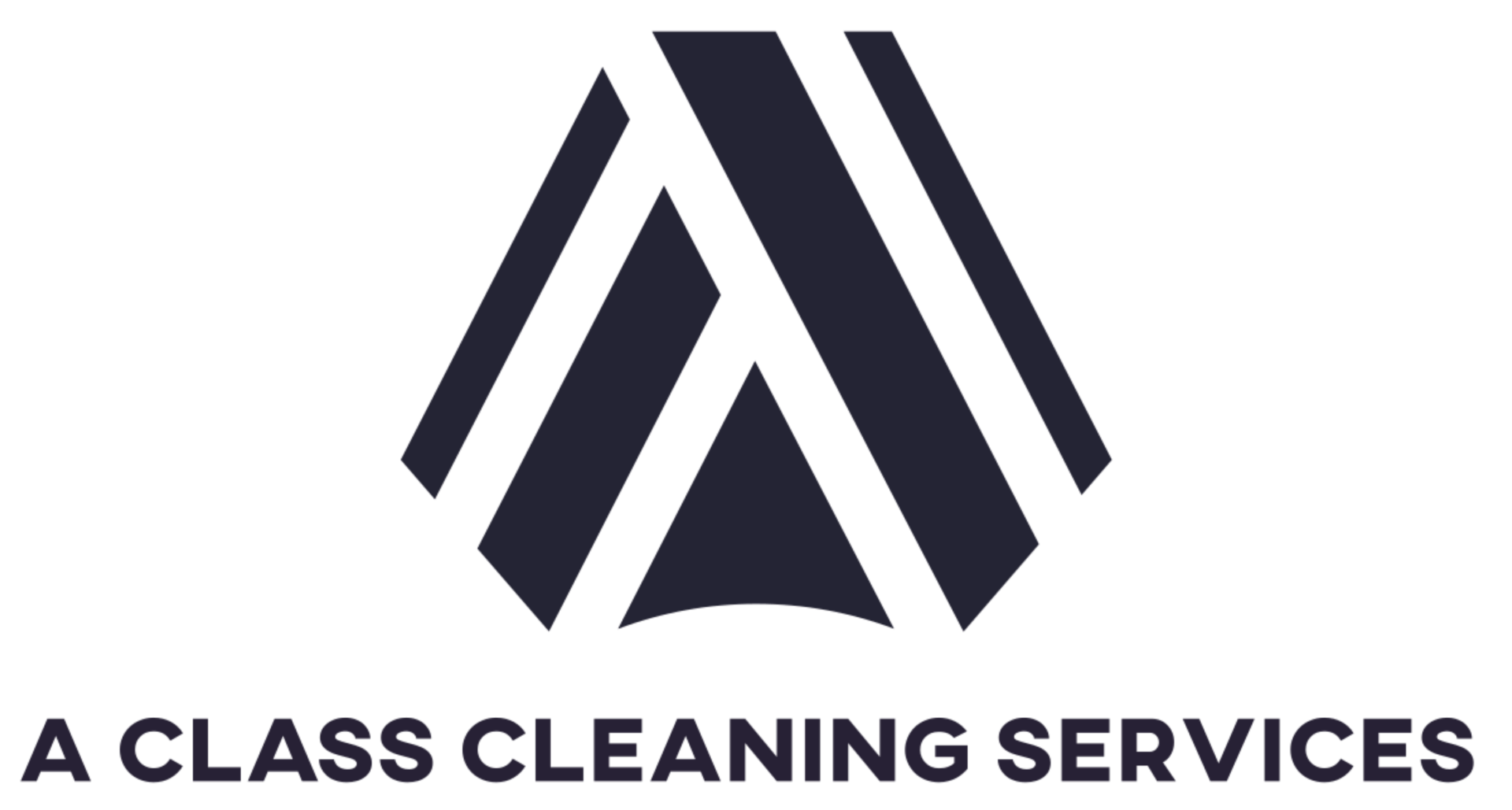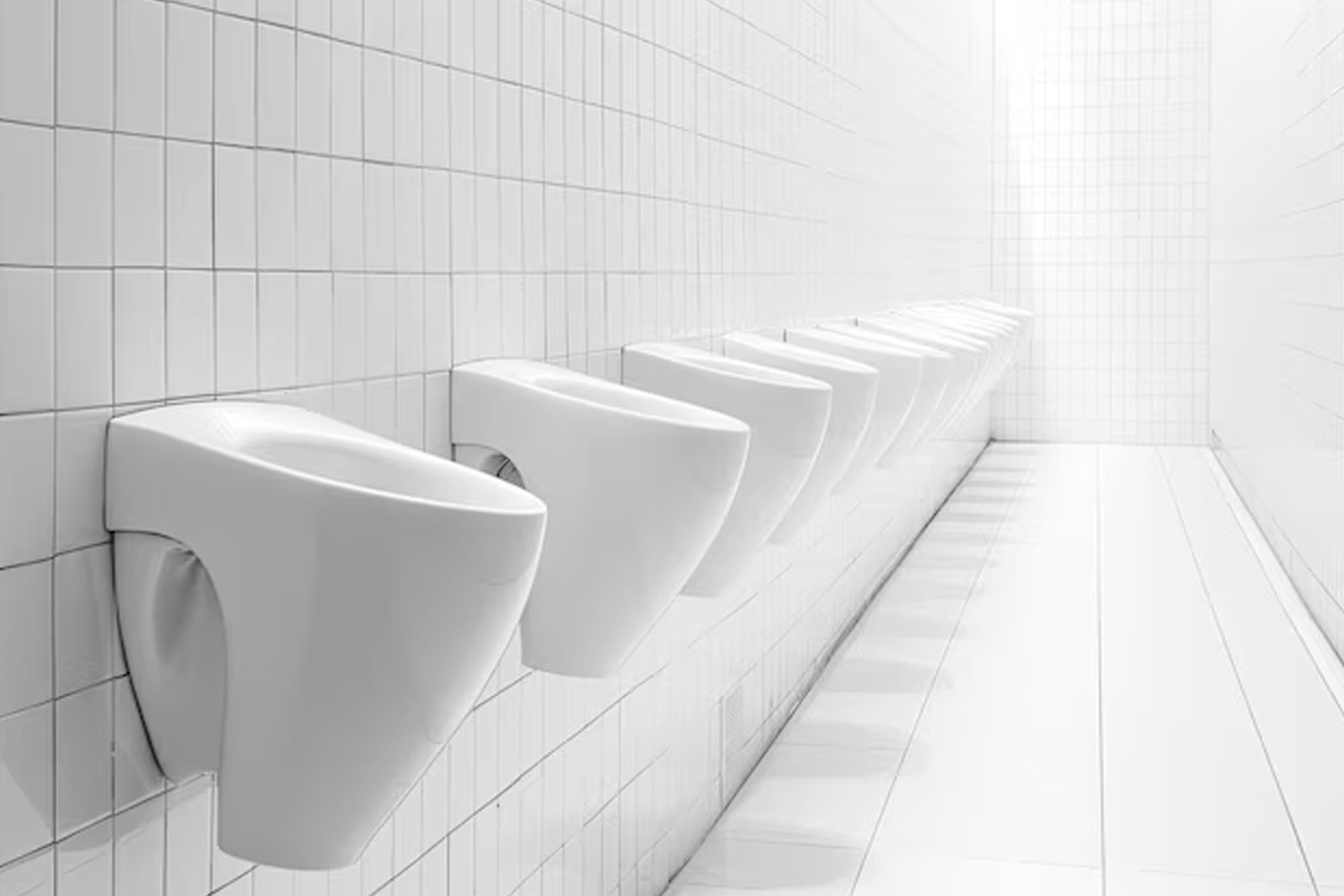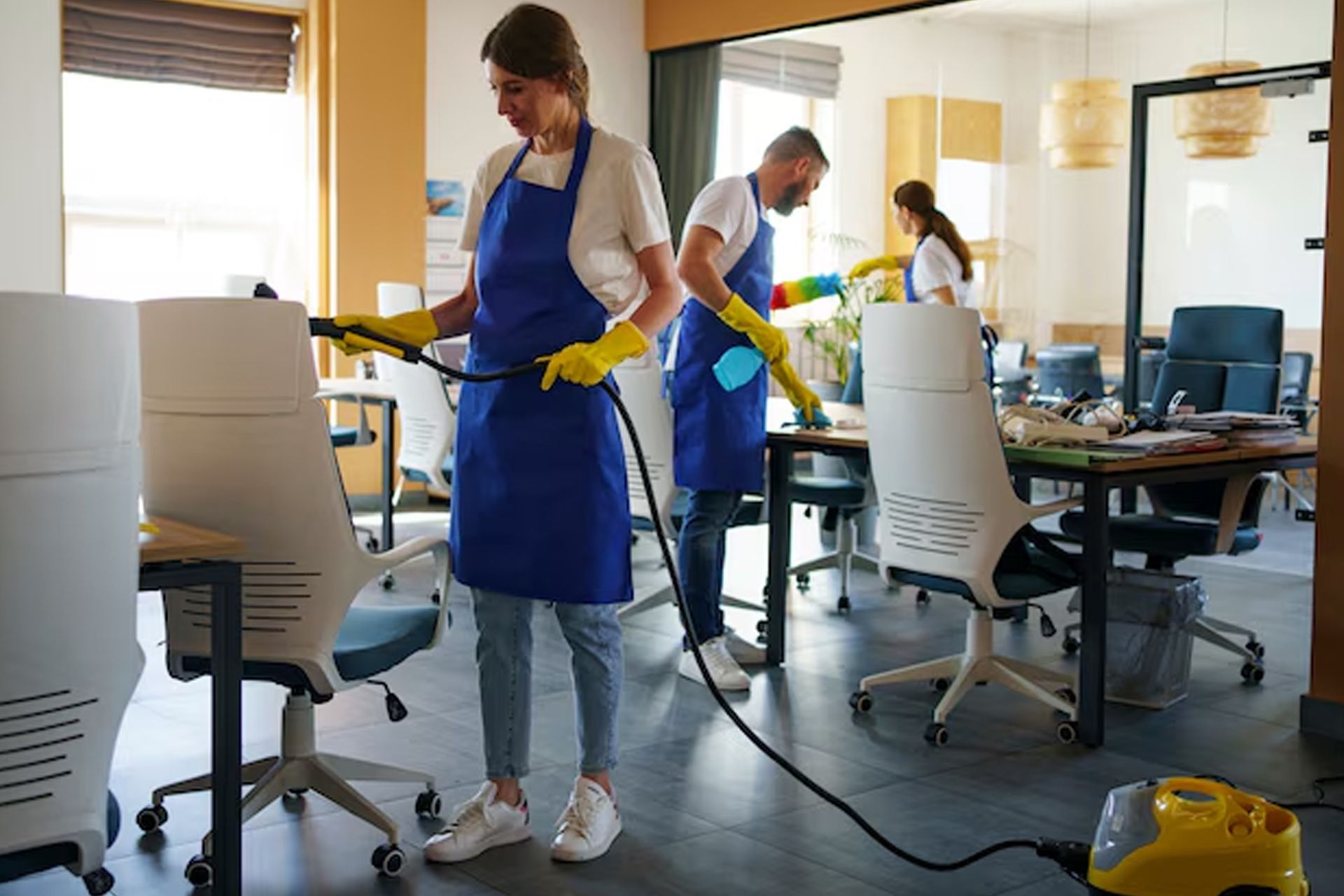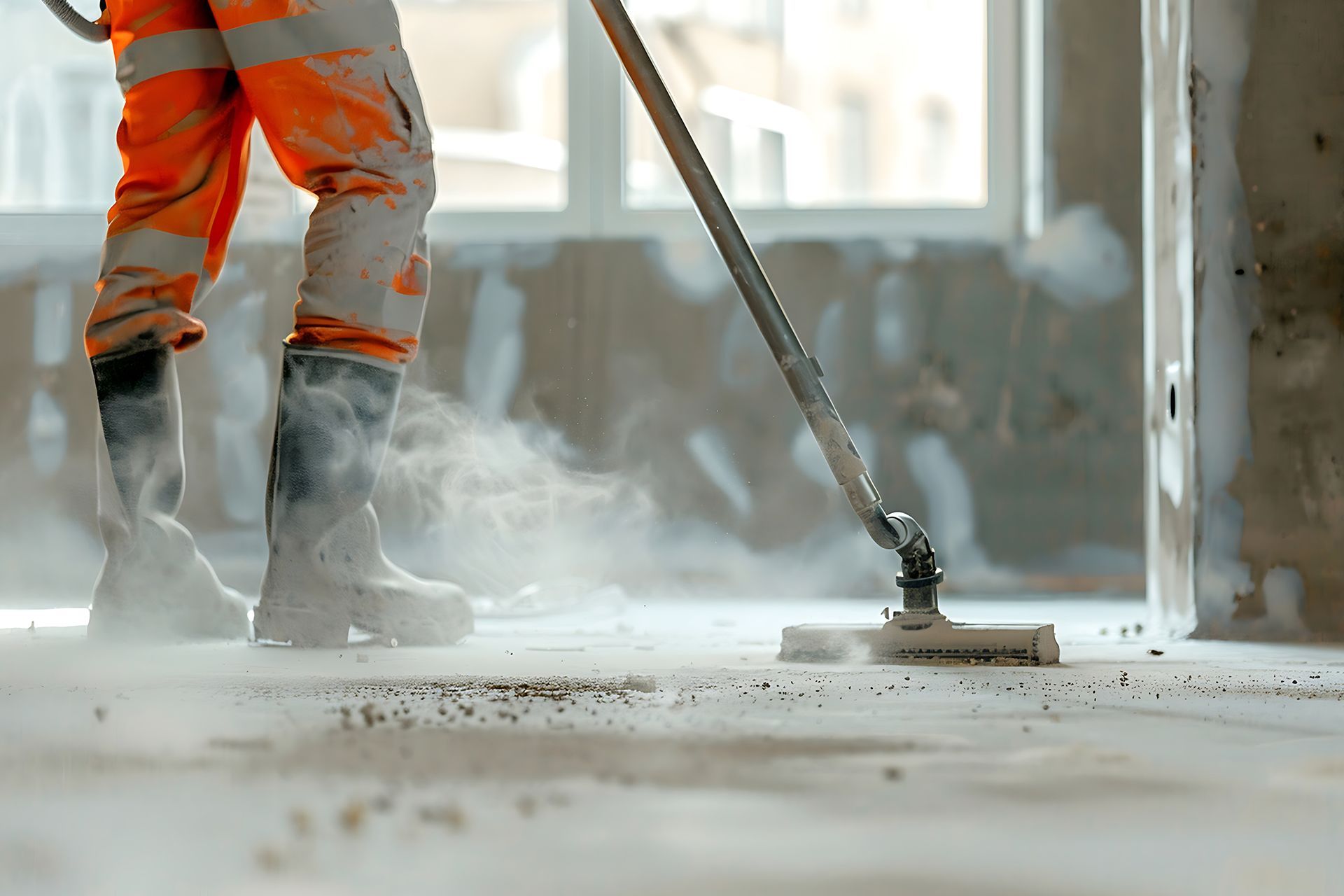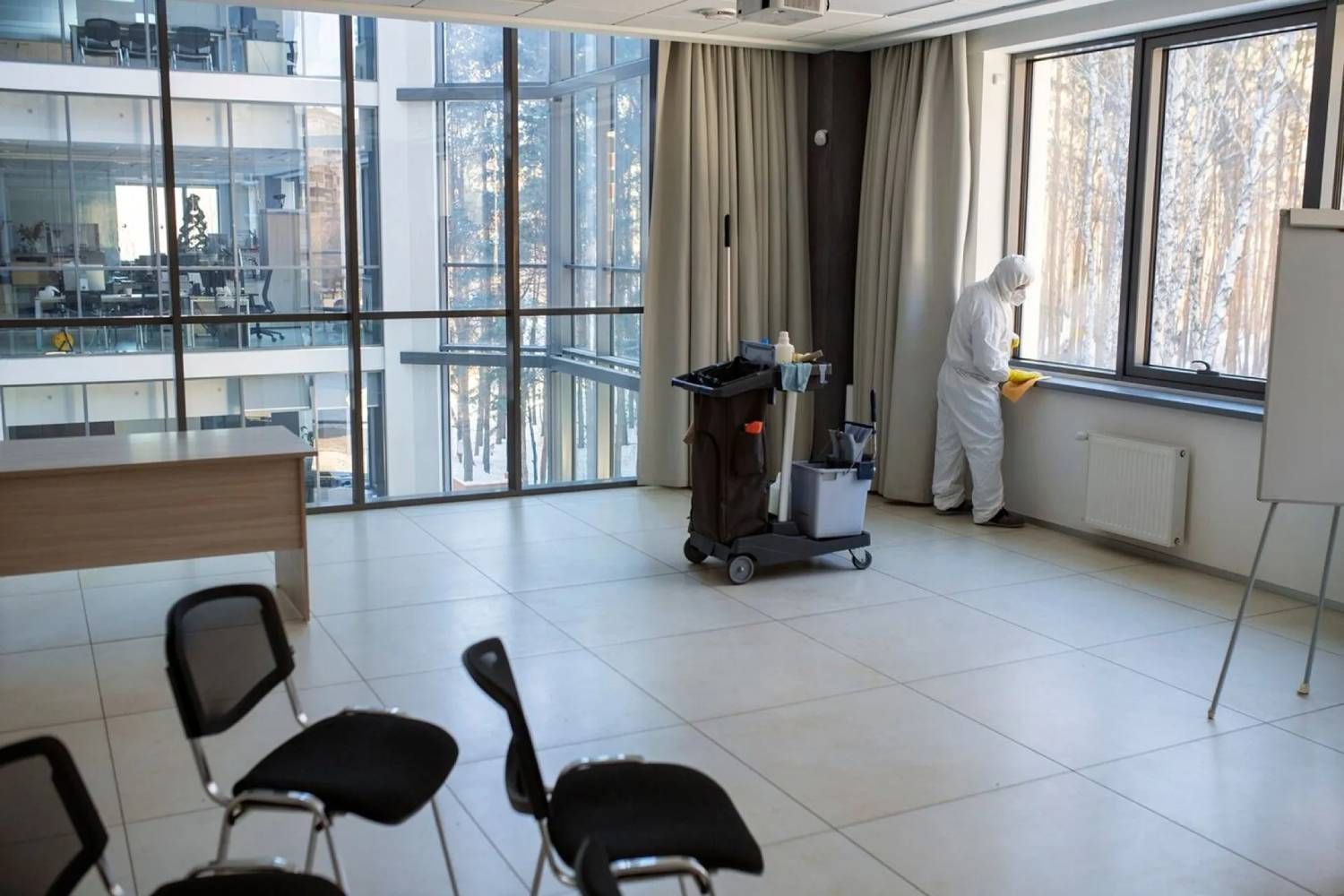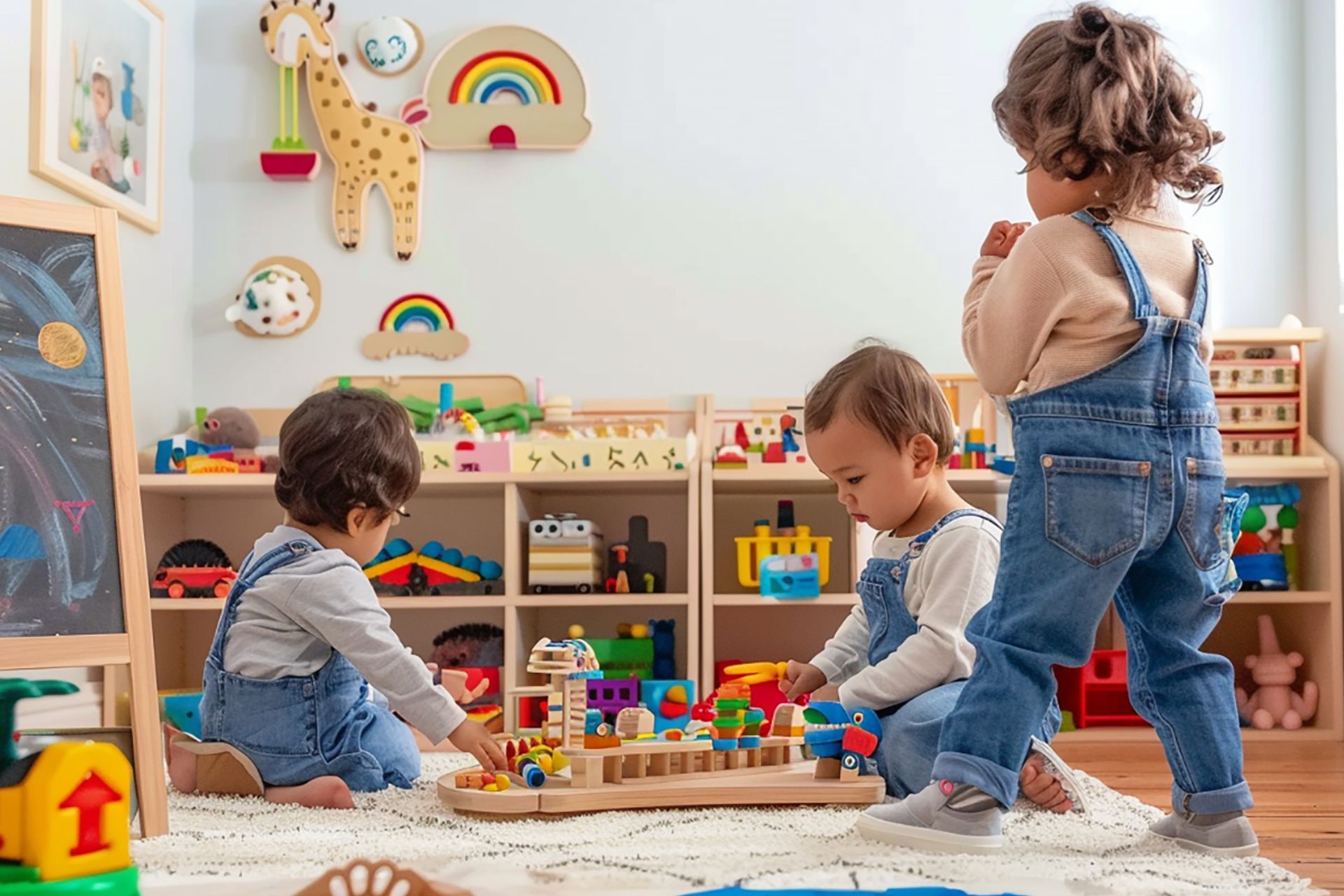Ensuring Safety: A Comprehensive Guide to Hospital Room Cleaning and Disinfection
Importance of Hospital Cleaning for Infection Control
Maintaining a clean and sanitized environment in healthcare facilities is crucial for preventing the spread of infections and ensuring the safety of patients, healthcare workers, and visitors. Hospital-acquired infections (HAIs) pose a significant risk to patient health, and effective cleaning and disinfection protocols are vital in reducing their occurrence. This comprehensive guide will provide healthcare professionals and facility managers in Norwalk, CT, valuable insights into the best hospital room cleaning and disinfection practices.
Understanding Hospital-Acquired Infections (HAIs)
Hospital-acquired infections, or nosocomial infections, are infections that patients acquire during their stay in a healthcare facility. These infections can result from various sources, including contaminated surfaces, medical equipment, and healthcare workers' hands. Common types of HAIs include surgical site infections, urinary tract infections, bloodstream infections, and respiratory infections.
The impact of HAIs on patient health and safety cannot be underestimated. They not only prolong hospital stays but also increase healthcare costs and can lead to severe complications and even death. According to the Centers for Disease Control and Prevention (CDC), approximately 1 in 31 hospital patients in the United States has at least one HAI at any given time.
Key Principles of Effective Hospital Room Cleaning
Several key principles must be followed to ensure effective cleaning and disinfection in hospital rooms. These principles focus on thoroughness, attention to detail, and adherence to guidelines and regulations set forth by regulatory bodies such as the CDC and the Environmental Protection Agency (EPA).
- Thoroughness and Attention to Detail: Cleaning staff must pay close attention to every detail and leave no surface uncleaned. This includes high-touch areas, such as bed rails, call buttons, light switches, and door handles, which are more likely to harbor harmful pathogens
- Use of EPA-Approved Disinfectants: It is crucial to use EPA-approved disinfectants that are effective against a broad spectrum of microorganisms, including bacteria, viruses, and fungi. These disinfectants should be selected based on their efficacy, safety, and compatibility with different surfaces and equipment
- Adherence to CDC Guidelines for Cleaning and Disinfection: Following the CDC's guidelines for cleaning and disinfection in healthcare settings is essential. These guidelines outline specific protocols for different areas within a hospital, such as patient rooms, operating rooms, and common spaces, taking into account each area's unique challenges and requirements
Cleaning and Disinfection Procedures for Different Hospital Areas
Different areas within a hospital require specific cleaning and disinfection procedures to ensure thorough and effective sanitation. Let's explore the protocols for cleaning and disinfecting patient rooms, operating rooms, and common areas.
Patient Rooms: Bedside Tables, Surfaces, and High-Touch Areas
Patient rooms are critical spaces that require meticulous cleaning and disinfection. Here are the recommended procedures for cleaning and disinfecting patient rooms:
- Cleaning Supplies: Ensure that cleaning staff can access appropriate cleaning chemicals, disinfectants, and personal protective equipment (PPE) to perform their tasks safely and effectively
- Dusting and Debris Removal: Start by dusting surfaces and removing debris or visible dirt. This step is crucial to prepare the surfaces for thorough cleaning and disinfection
- Surface Cleaning and Disinfection: Use a suitable disinfectant to clean all surfaces, including bedside tables, bed rails, call buttons, light switches, and door handles. Follow the manufacturer's instructions for contact time and dilution ratios
- Floor Cleaning: Clean the floors using a suitable floor cleaner, paying attention to areas around the bed and high-traffic areas. Consider using fragrance-free cleaning products to minimize odors that may overwhelm patients
Operating Rooms: Surgical Equipment and Sterile Environments
Operating rooms require a higher level of cleanliness and disinfection due to the invasive nature of surgical procedures. Here are the key methods for cleaning and disinfecting operating rooms:
- Cleaning and Disinfection of Surgical Equipment: Surgical instruments and equipment should undergo a thorough cleaning and disinfection process after each use. Follow manufacturer guidelines and protocols for specific equipment to ensure proper decontamination
- Sterile Environment Maintenance: Operating rooms must be sterile to prevent surgical site infections. Cleaning staff should follow strict protocols for cleaning and disinfection, paying special attention to high-touch surfaces and equipment
- Air Quality Control: Proper ventilation and air filtration systems are crucial in maintaining a clean and sterile operating room environment. Regular maintenance and monitoring of these systems are essential to ensure optimal air quality
Waiting Areas and Common Spaces: Seating, Door Handles, and Restrooms
Patients, visitors, and staff frequent waiting areas and common spaces in healthcare facilities. Implementing effective cleaning and disinfection procedures is essential to minimize the risk of cross-contamination. Here's how to clean and disinfect these areas:
- Frequent Cleaning: Waiting areas and common spaces should be cleaned frequently throughout the day, focusing on high-touch surfaces such as seating, door handles, and restrooms. Develop a cleaning schedule to ensure regular maintenance
- Restroom Cleaning and Disinfection: Restrooms require special attention as they are breeding grounds for harmful bacteria and viruses. Clean and disinfect toilets, sinks, faucets, and other restroom fixtures regularly using appropriate disinfectants
- Seating Area Cleaning: Clean and disinfect seating areas, including chairs, benches, and sofas, using suitable cleaning products. Consider using upholstery cleaners and stain removers to maintain cleanliness and hygiene
Personal Protective Equipment (PPE) for Cleaning Staff
Cleaning staff are critical in maintaining a safe and sanitized healthcare environment. Providing them with the necessary personal protective equipment (PPE) to protect themselves and prevent cross-contamination is essential. Here are some key considerations regarding PPE usage:
- Gloves: Cleaning staff should wear disposable gloves when cleaning and disinfecting hospital rooms. Gloves should be changed regularly and disposed of properly after each task to avoid cross-contamination
- Gowns: Depending on the level of contamination and the cleaning task, cleaning staff may need to wear disposable gowns to protect themselves from splashes and spills. Gowns should be used when cleaning high-risk areas or when handling bodily fluids
- Masks and Eye Protection: In certain situations, such as when cleaning areas with a high risk of aerosolized pathogens, cleaning staff should wear masks and eye protection to prevent inhalation or contact with infectious droplets
- Hand Hygiene: Proper hand hygiene is crucial before and after cleaning tasks. Cleaning staff should wash their hands thoroughly with soap and water for at least 20 seconds or use hand sanitizers with at least 60% alcohol content
Special Considerations for Contaminated and Isolation Rooms
Contaminated and isolation rooms require additional precautions and specialized procedures to minimize the risk of spreading infectious pathogens. Here are some important considerations:
- Isolation Precautions: Follow isolation precautions and protocols recommended by the CDC and local health authorities when cleaning and disinfecting isolation rooms. These precautions may include wearing additional PPE and using specific disinfectants
- Disinfection Techniques: Implement appropriate techniques for contaminated and isolation rooms, such as hydrogen peroxide vapor or ultraviolet (UV) light disinfection systems. These technologies can effectively kill pathogens and reduce the risk of transmission
Quality Assurance and Monitoring Procedures
Quality assurance and monitoring procedures should be in place to ensure hospital room cleaning and disinfection effectiveness. Regular inspections and audits are essential to identify areas for improvement and maintain consistent cleanliness standards. Here are some key aspects of quality assurance:
- Inspections and Audits: Conduct regular inspections and audits of cleaning practices to ensure compliance with protocols and guidelines. This can be done through visual inspections, environmental swabbing, or technology-based monitoring systems
- Feedback and Training: Provide input to cleaning staff based on inspection results and identify areas that require additional training or improvement. Training programs should focus on proper cleaning techniques, disinfection protocols, and the use of equipment and chemicals
Emerging Technologies and Innovations in Hospital Cleaning
Several emerging technologies and innovations have revolutionized the field of hospital cleaning and disinfection in recent years. These advancements aim to enhance the effectiveness and efficiency of cleaning practices. Here are two notable technologies:

- UV-C Disinfection Systems: UV-C disinfection systems use ultraviolet light to kill bacteria, viruses, and other pathogens. These systems can disinfect surfaces, equipment, and even the air in hospital rooms. UV-C light has been proven effective against many microorganisms and is especially useful in high-risk areas
- Electrostatic Sprayers for Enhanced Coverage: Electrostatic sprayers are designed to provide a more uniform and thorough coverage of disinfectants on surfaces. These sprayers charge the disinfectant particles, causing them to adhere to surfaces more effectively. This technology ensures better disinfection of hard-to-reach areas and reduces the risk of missed spots
Commitment to Patient Safety Through Effective Hospital Cleaning
In conclusion, effective hospital room cleaning and disinfection play a crucial role in preventing the spread of infections and ensuring patient safety. By following the recommended protocols, using appropriate disinfectants, and implementing quality assurance measures; healthcare facilities can create a clean and hygienic environment for patients, staff, and visitors.
A Class Cleaning Services is committed to providing excellent hospital cleaning services in Norwalk, CT. With a team of skilled cleaning professionals, adherence to industry guidelines, and a focus on customer satisfaction, A Class Cleaning Services is your trusted partner in maintaining a safe and sanitized healthcare facility.
Remember, a clean hospital is a safe hospital, and together, we can ensure the well-being of patients and healthcare professionals through effective cleaning and disinfection practices.

